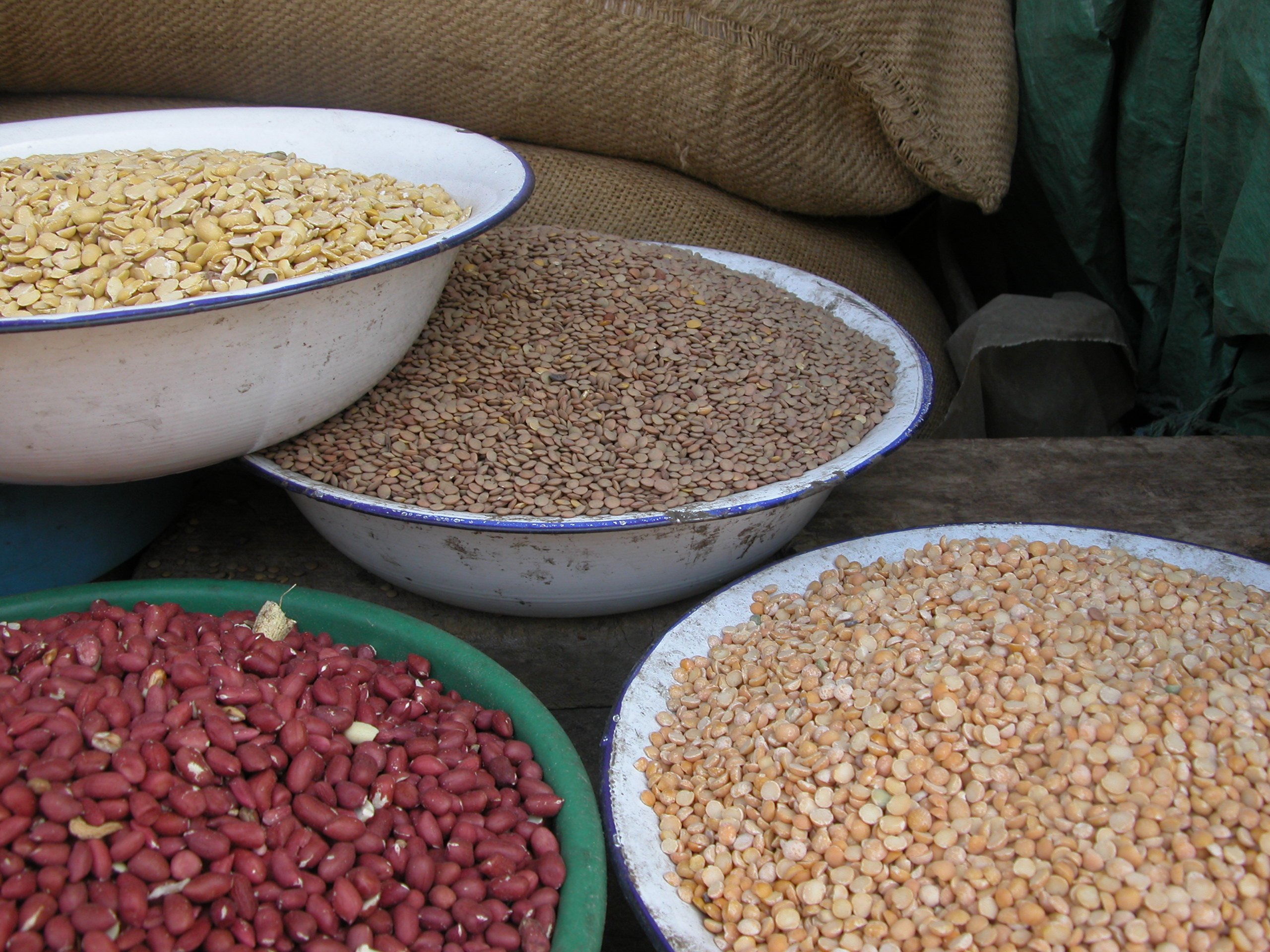The early warning tool, NEXQ (Non-parametric Extreme Quantile Model) has been developed by IFPRI and is based on sophisticated economic modelling, which provides daily price variability ratings for four major crops - hard wheat, soft wheat, maize (corn) and soya beans - and aims to help analysts predict price volatility.
The model uses daily cereal price data going back to 1970 to calculate whether, or to what extent, prices have moved from their expected normal price.
“What the tool does is [it] provides updates if we are in a period of excessive volatility based on global future prices which will be transmitted to developing countries in the following days or even weeks,” explained Torero.
Homi Kharas, a senior fellow at the Brookings Institution, writes in an opinion piece that it is price volatility or “the rapid and unpredictable changes in food prices that wreak havoc on markets, politics and social stability, rather than long-term structural trends in food prices that we can prepare for and adjust to.
“And it is also worth noting that volatility cuts both ways - prices go up and down. The only reason food prices are going up so much this year [2011] is because they came down so fast after reaching 2008 peaks. Both rapid increases and rapid declines in food prices can create problems.”
NEXQ should help policymakers and others working to improve food security “make better informed decisions, including whether or when to release stocks from emergency grain reserves,” said Torero.
The tool was developed to support two of the recommendations in the Action Plan on Food Price Volatility and Agriculture made by G20 agriculture ministers on 23 June in Paris, he added.
One of the decisions of the G20 ministers was to set up the Agriculture Market Information System (AMIS) to get agri-food markets to share data and improve food intelligence. NEXQ will feed into AMIS, Torero said.
Global trigger mechanism
NEXQ will support the management of the proposed reserve, said Torero, by providing a consistent global trigger mechanism for periods of extreme price variability. This should help managers of the reserve analyse the most vulnerable countries and develop country-level contingency plans.
“Financialization” of the futures markets, along with poor market transparency, insufficient information about investors, unexpected changes triggered by national food security situations, panic buying and hoarding - have been listed among the root causes of harmful, rapid food price hikes.
But the Brookings Institution’s Kharas points out that volatility is “inherent in the food market place” which causes speculation, “not the other way around.”
“Speculators make money out of understanding and providing insurance against volatility. They do not create the volatility themselves, except under very strange conditions.”
Oil price link
Among the solutions he lists, is breaking the link between food and oil prices. “The current global food system worked well in a world of cheap, stable energy prices which allowed food to be grown in concentrated locations and transported over huge distances to meet demand. That system will continue to give us volatility as long as oil prices remain volatile.
“I would not bet on a return to cheap, stable oil prices in the near term, so the answer must be to change the food system to adapt to the new economics of energy. That probably means more localized and more diversified production and consumption, less use of fertilizer, and less wastage [20 percent of all food gets spoiled in storage and transport today]. Ironically, the organic, slow-food, go-local cooperative movement may find that market forces are their new best friend.”
jk/cb
This article was produced by IRIN News while it was part of the United Nations Office for the Coordination of Humanitarian Affairs. Please send queries on copyright or liability to the UN. For more information: https://shop.un.org/rights-permissions





